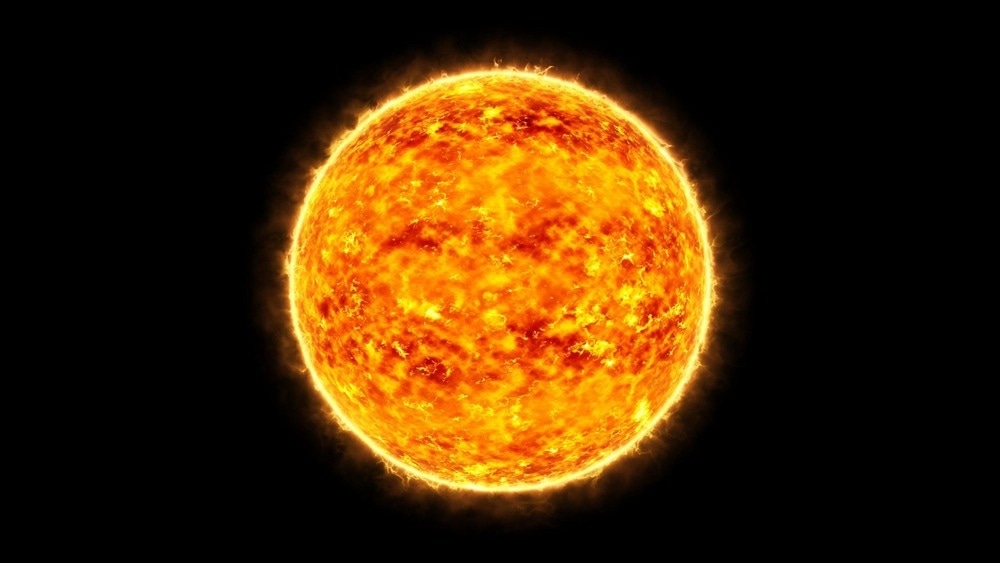At present, the unparalleled observations of the James Webb Space Telescope are integrated with the research of a new ERC project to offer new insights into a still mysterious stage in the Universe’s history: the extinction of the capability to form new stars that occur during the evolution of massive galaxies.

Image Credit: shufilm/Shutterstock.com
The project is called Red Cardinal: It is an ERC Starting Grant headed by Sirio Belli, a scientist at the Department of Physics and Astronomy “Augusto Righi” at the University of Bologna. The European Research Council (ERC), an EU body that rewards talented scholars occupied in frontier research, financially supported him with €1.3 million.
ERC Starting Grants are financially supporting early-career scientists with a highly promising scientific track record.
The formation process of massive galaxies and the extinction of their star-forming activity are still mysterious phases in the history of the Universe. A relevant role might be related to the energy emitted by Active Galactic Nuclei, i.e., supermassive black holes at the center of galaxies. Yet, it is not clear how this mechanism can actually stop new star formation, or whether other physical processes, such as galaxy collisions, are required.
Sirio Belli, Researcher, Department of Physics and Astronomy, University of Bologna
Furthermore, it is still vague if this phenomenon of star formation destruction takes place in a similar way in all galaxies. The latest studies on the subject propose that there might be two physically separate modes: a slow switch-off process and a quick switch-off process.
Using the observations that will be obtained by the revolutionary James Webb Space Telescope, we will be able to test the soundness of this hypothesis, which predicts two distinct modes of stellar extinction, and identify the physical processes that are responsible for the phenomenon.
Sirio Belli, Researcher, Department of Physics and Astronomy, University of Bologna
Apart from collaborating on the new ERC Red Cardinal project, Sirio Belli is also the Principal Investigator of Blue Jay, a program that includes the first round of observations of the James Webb Space Telescope.
The goal is to identify around 150 galaxies that are situated in the “Cosmic Noon”: a perfect epoch, around 10 billion years ago, for collecting information on the process of stellar extinction.
For such outcomes to be obtained, Blue Jay will make use of two of the instruments on board the James Webb Space Telescope: the NIRSpec Near-InfraRed Spectrograph (which can observe over a hundred galaxies in the same time) and the NIRCam Near-InfraRed Camera.
With the information obtained from these observations, at an unprecedented level of detail, it will be possible to reconstruct the history of star formation processes and the duration of the extinction phase.
Sirio Belli, Researcher, Department of Physics and Astronomy, University of Bologna
Belli stated, “In addition, we will be able to characterize stellar populations, ionized gas, and molecular gas in galaxies according to extinction duration, and identify the mechanisms involved in both fast and slow extinction by comparing them with predictions from theoretical models.”